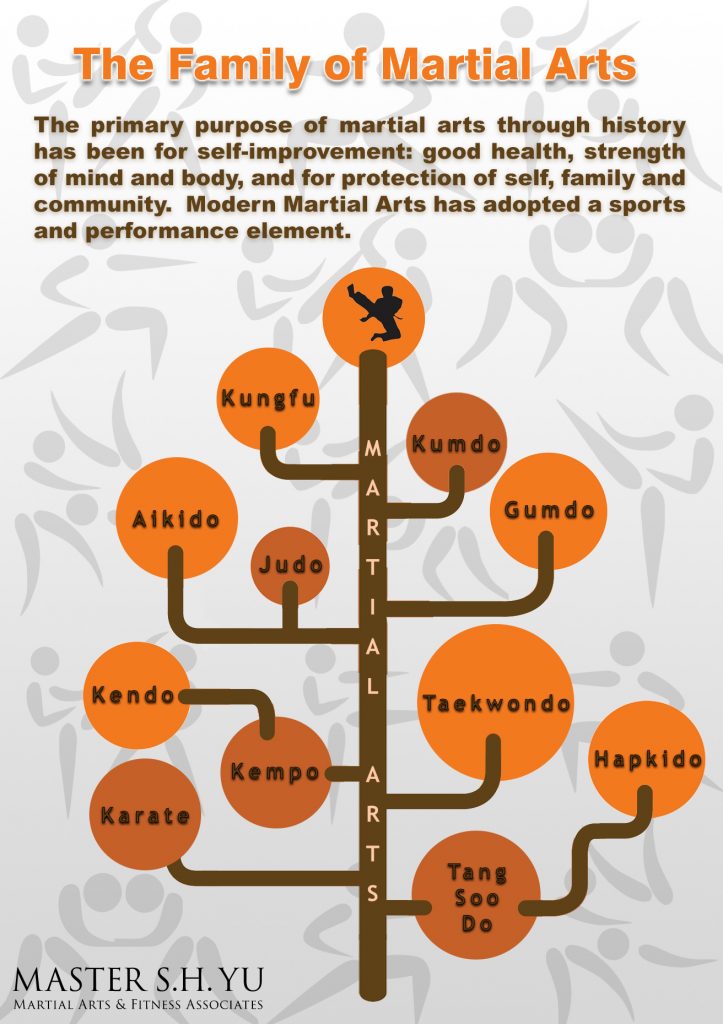Striking The Excellent Balance In Between Swiftness And Precision In Martial Arts Direction
Striking The Excellent Balance In Between Swiftness And Precision In Martial Arts Direction
Blog Article
Write-Up Composed By-Whittaker Barlow
Envision you're standing beside a tightrope, ready to take your initial step. As you gather your focus, you recognize that this fragile harmonizing act is not so different from the world of martial arts.
In martial arts training, finding the right balance of speed and accuracy is important for success. However just how do you strike that ideal equilibrium? chinese martial arts crossword 's a question that has actually captivated professionals for centuries, and in this discussion, we will explore the importance of speed and precision, reveal training techniques to achieve equilibrium, and tackle the common challenges that develop in the process.
Prepare to find the secrets that will elevate your fighting styles journey to brand-new heights.
The Significance of Rate and Accuracy
When it involves fighting styles training, rate and precision are vital elements that can make all the difference in your performance. Accomplishing the ideal equilibrium between rate and accuracy is vital for reliable martial arts strategies.
Speed enables you to respond promptly to your challenger's activities, giving you a benefit in fight. It enables you to perform strikes and obstructs swiftly, capturing your challenger unsuspecting.
On the other hand, accuracy makes sure that your methods land accurately and with maximum impact. It permits you to strike the target with accuracy, boosting the efficiency of your strikes.
Training Approaches for Attaining Equilibrium
To establish the best balance in between rate and accuracy in your martial arts training, it's important to apply efficient approaches that enhance your efficiency.
One training method is to focus on specific strategies and drills that target both rate and precision. By exercising high-speed motions with accuracy and control, you can improve your general performance.
Another approach is to integrate interval training, rotating between high-intensity bursts of speed and periods of rest or slower movements. This helps construct endurance and agility while also permitting you to adjust your precision.
Furthermore, practicing mindfulness and mental visualization can enhance your equilibrium by educating your mind to focus on both speed and accuracy simultaneously.
Common Difficulties and Exactly How to Get rid of Them
One usual difficulty in fighting styles training is keeping a balance between speed and precision, yet it can be conquered with consistent technique and emphasis. Below are a few pointers to assist you conquer this challenge:
- Concentrate on proper method: Put in the time to find out and master the appropriate kind and technique for each and every action. This will help you establish precision and precision in your strikes and movements.
- Slowly raise rate: Start by practicing slowly and progressively raise your speed as you become extra comfy with the technique. This will certainly aid you keep control and precision while implementing actions at a much faster speed.
- Method timing and reaction drills: Integrate drills that concentrate on timing and reacting to your challenger's activities. This will certainly improve your capability to strike with rate and precision in a genuine combat situation.
Final thought
As you end your martial arts training, you have actually discovered the delicate balance of rate and precision. By concentrating on both facets, you have actually gained the capacity to implement perfect techniques with lightning-fast speed.
martial arts for older adults 's no coincidence that your devotion and willpower have led you to this level of proficiency. Embrace this newfound balance, and continue to improve your skills, knowing that rate and accuracy are the trick to coming to be an exceptional martial musician.
